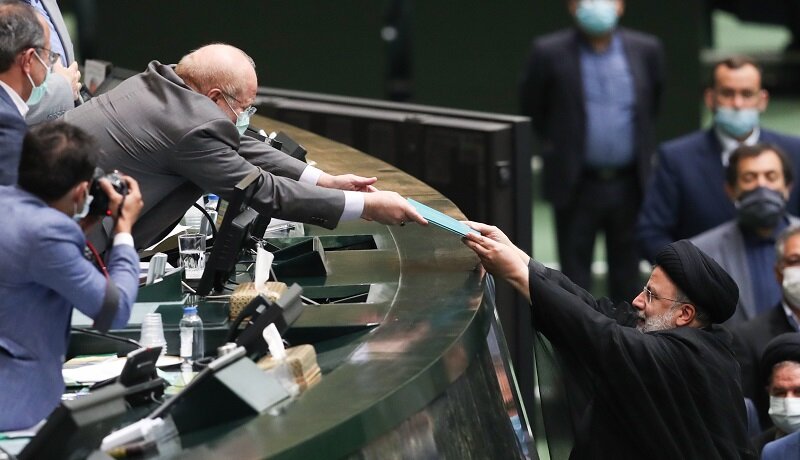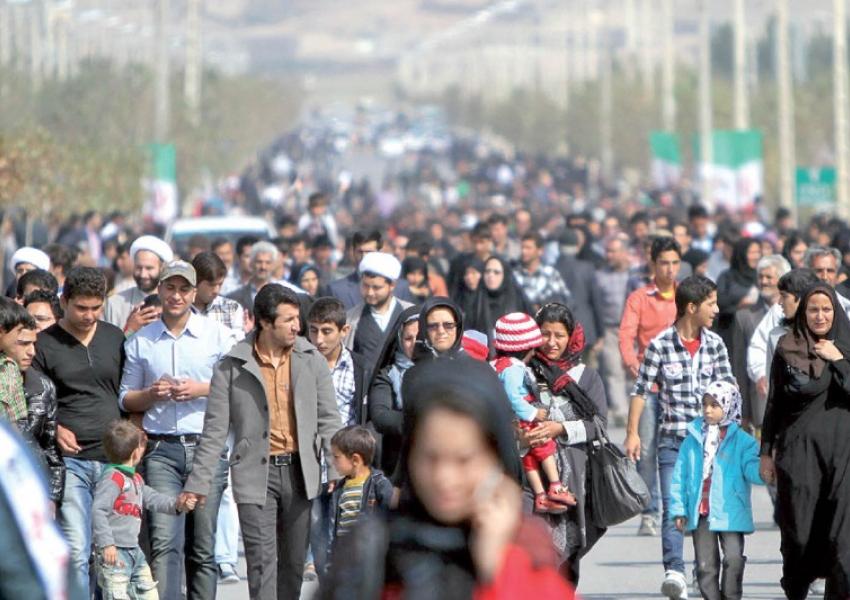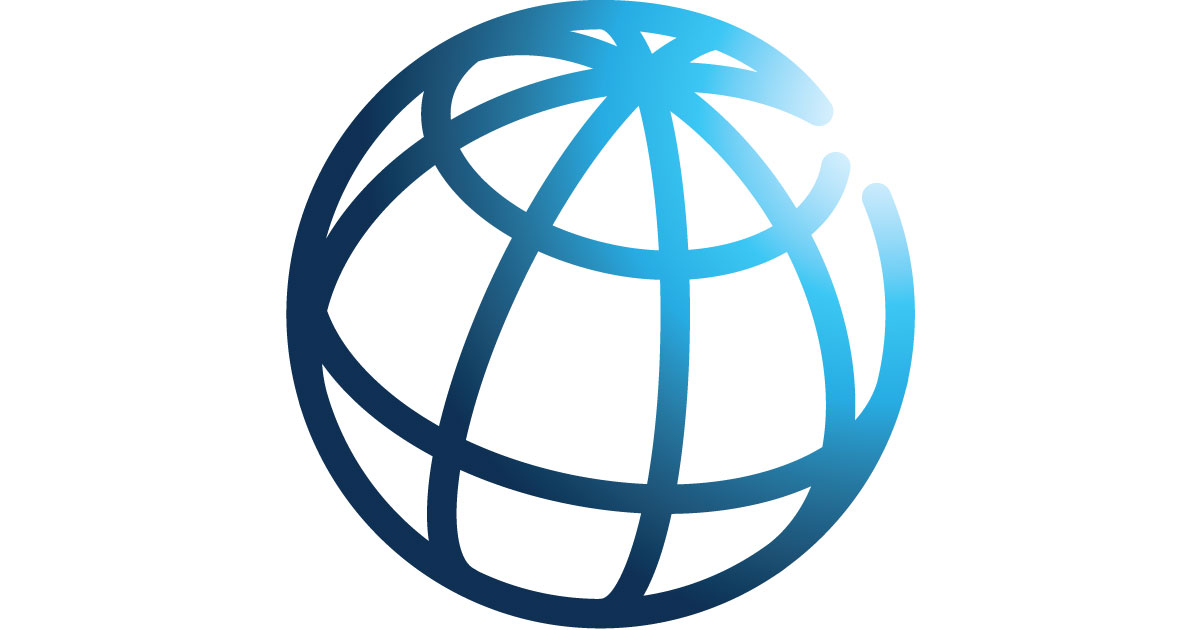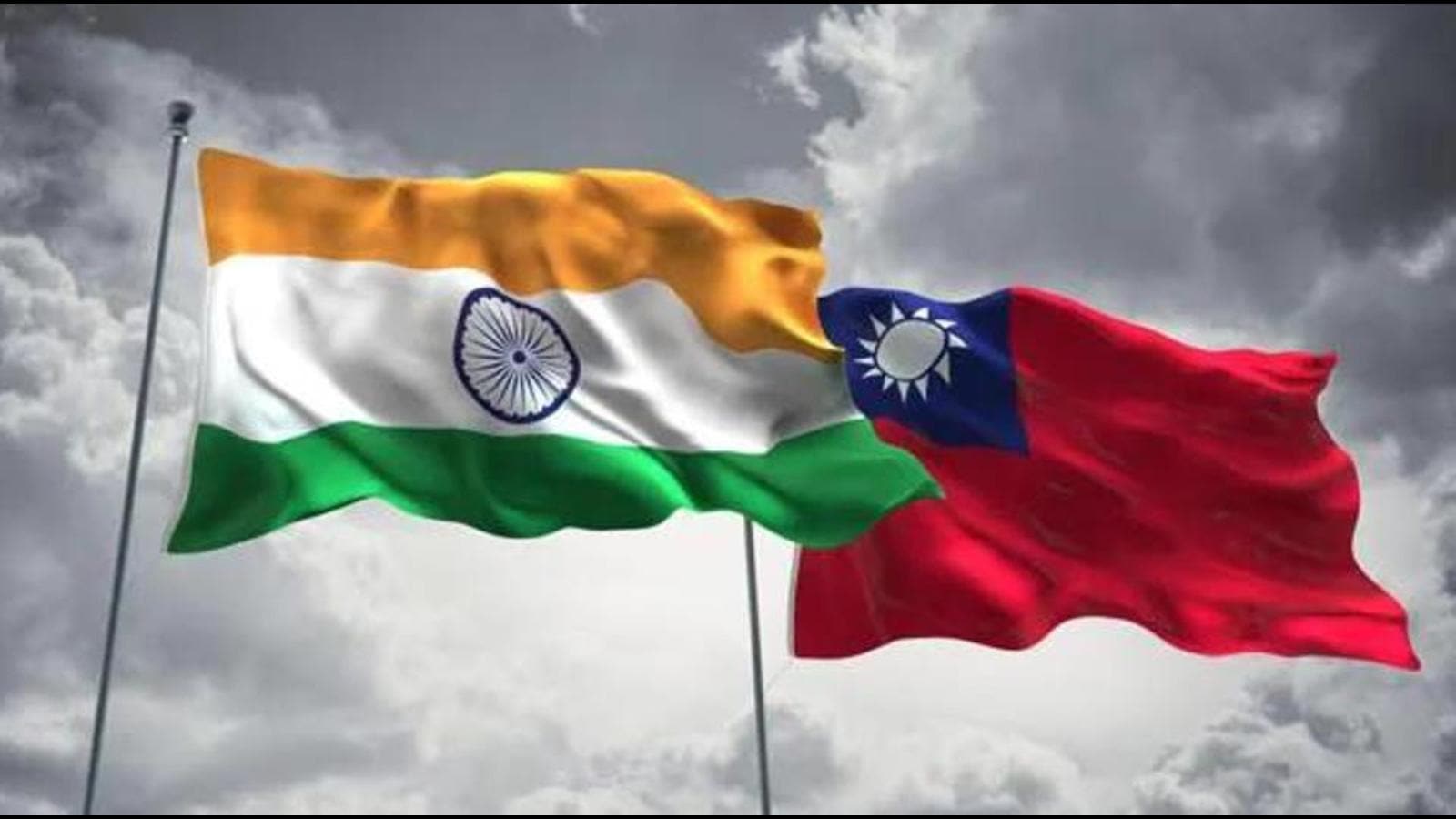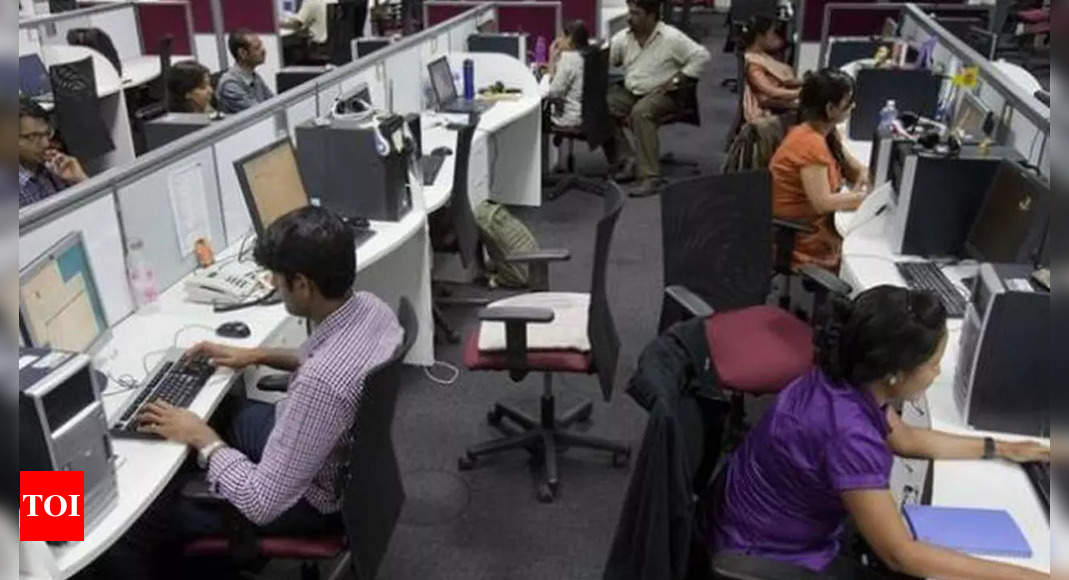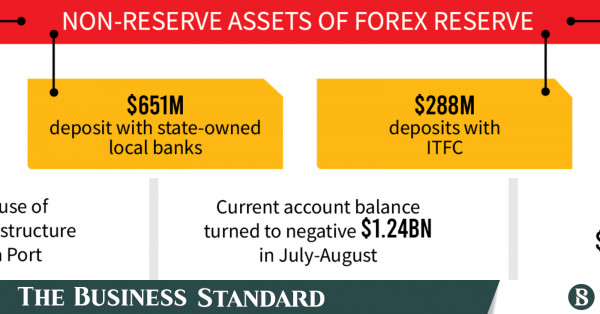Massive modernization presents opportunities for investors.

finance.yahoo.com
Adventures do occur, but not punctually," writes E.M. Forster in
A Passage to India. In other words, exciting things happen in India, but a little patience is required. In recent years, however, it seems events have sped up in the Asian subcontinent, and that's fueling a stock market rally.
Government reforms initiated a few years ago have finally started to pay off. The changes, plus a rebound in economic activity, have lifted India's stocks.
The MSCI India Index, which tracks mostly large companies, climbed 32.6% over the past 12 months, its best showing in four years and well ahead of the 0.9% rise in the developing country-stock index, MSCI Emerging Markets. Indian small-company stocks gained even more: 53.5% (returns are through Dec. 3).
The rally is far from over, say analysts and fund managers who invest in the country. Volatility is to be expected, of course; the new COVID-19 variant, for instance, is a risk. But many short- and long-term factors could propel growth in India for years to come. We'll explain the key drivers and point you toward good funds that offer the best exposure.
Low Rates Spark a Cyclical Rebound
Interest rates have been falling, thanks in part to cuts geared to stimulate the pandemic-stricken economy. Short-term lending rates, currently 3.8%, are down from more than 8% in 2012. That has led to a burst of economic activity.
"After abysmal conditions over the past 10 years, real estate as a sector has begun to do well," says Peeyush Mittal, manager of Matthews India fund.
Low rates have pushed many Indian consumers, typically big savers, to invest in stocks, too. Individual-investor participation in the stock market has nearly doubled in the past 12 to 18 months, and that's also driving gains, says Mittal.
On top of that, Indian prime minister Narendra Modi has promised to spend $1.4 trillion on infrastructure, a plan that will create jobs and stimulate economic activity for the next 12 to 18 months, says Mittal.
All told, India's economy, the fifth-biggest in the world by gross domestic product, is growing fast. GDP increased more than 8% in the 2021 fiscal year (the country's fiscal year ends in March), and the World Bank projects 8.3% growth in 2022 and 7.5% in 2023.
"We believe that India is likely to be the fastest-growing major economy in the world for the next decade," says Michael Kass, manager of Baron Emerging Markets. "It is the most exciting jurisdiction globally."
A Modern India
Modi's expansive government reforms and initiatives are a part of the excitement around India. Although they weren't always popular, and they were somewhat painful to implement, they have upended the traditional ways of doing business for the better, and that's helping to usher in a new era in the country.
"We're finally seeing a tailwind emerge in India from government reforms over the past five years," says Ajay Krishnan, a Wasatch fund manager.
India has made significant progress in increasing the availability of cheap internet, as well as broad financial services, providing access to more citizens than ever before. Those moves are happening in step with others that have created a more formal, systematized way of doing business. All told, "the digitization, financialization and formalization of India," Krishnan says, has created "a flywheel" that's moving India into the 21st century.
Indeed, India is more digitized than some developed countries. Cheap broadband is available in even remote areas of the country. Previously unconnected Indians can now get mobile phones, surf the web and use smartphone apps.
Even more important to India's digitization is Aadhaar, the government's biometric identification data system. A fingerprint or retinal scan allows access to a photo and basic personal details tied to a 12-digit identification number. The system enables anyone registered – and more than 90% of all adult citizens are – to easily open bank and mobile-phone accounts, and then to make and receive payments via smartphones.
That has been crucial to the country's financial modernization, says Krishnan. Millions of previously unbanked citizens can now participate properly in the country's economy, free of fear that their paycheck might slip through the fingers of a corrupt middleman. It has launched a real-time payment system, as well as a slew of tech start-ups, according to Krishnan. "India has made huge leaps that have gone unnoticed in the rest of the world," he says.
Finally, a new nationwide flat tax on goods and services – which has simplified a messy, complex tax code – has forced many businesses to come out of the shadows and operate legally. That's part of the formalization of business in India. Government tax receipts are up 25% year-over-year for the period ending in October, says Matthews's Mittal.
India stands to benefit from the rest of the world's efforts to be less dependent on China, too. "India is where businesses are going," says Baron's Kass. The subcontinent boasts the world's youngest population, with a median age of 31. They're highly educated and job-ready, too. "This will enhance the country's growth potential for the next four to five years," says Kass.
How to Invest in India
Because few Indian companies trade as American depositary receipts on U.S. exchanges, and it's "virtually impossible," says Kass, for individual investors to invest in India, we favor funds. There aren't many from which to choose, but we found three standouts.
Wasatch Emerging India (
WAINX, expense ratio 1.64%) is our favorite.
The fund's expense ratio is higher than we'd like, but its returns have more than made up for that. Over the past 10 years, the fund's 16.7% annualized return beat 99% of its peers, and it handily outpaced the MSCI India and MSCI India Small indexes.
Krishnan and comanager Matthew Dreith aren't afraid to look beyond the index to find good stocks, and they invest in companies of all sizes. Financial services firm Bajaj Finance and two tech consulting firms, MindTree and Larsen & Toubro Infotech, are the fund's biggest holdings.
Matthews India (
MINDX, 1.15%) is another stalwart. It has lagged the MSCI India index in recent years, but don't count it out.
Comanagers Mittal and Sharat Shroff favor fast-growing firms trading at moderate prices. That has held back recent returns, because commodity-related companies – in metals and mining and in energy, for instance – have done "phenomenally well," says Mittal. "And those are companies we traditionally don't invest in."
Large companies are a source of "good ballast" for the fund when markets turn negative, says Mittal, and HDFC Bank, conglomerate Reliance Industries and tech consulting firm Infosys are top holdings.
Finally, the digital and financial modernization of India have spawned a bevy of new tech start-ups, and the pipeline for initial public offerings in India is "robust," says Krishnan. For that reason, and to cash in on the recovering economy, we like
iShares MSCI India Small-Cap ETF (
SMIN, 0.81%).
It holds a lot of young emerging companies, so the ride will be bumpy and is best reserved for only a small portion of your portfolio. But the potential rewards are high, too. Over the past 12 months, the fund has returned 47%.
Tap Into India's Growth
The funds below provide exposure to a country that is modernizing for the long term.
iShares MSCI India Small-Cap ETF
- Symbol: SMIN
- Expense ratio: 0.81%
- 1-year return: 47.0%
- 3-year return: 17.4%
Matthews India
- Symbol: MINDX
- Expense ration: 1.15%
- 1-year return: 25.3%
- 3-year return: 11.0%
Wasatch Emerging India
- Symbol: WAINX
- Expense ratio: 1.64%
- 1-year return: 44.8%
- 3-year return: 23.0%
As of December 3, 2021. SOURCE: Morningstar Direct

www.iranintl.com




